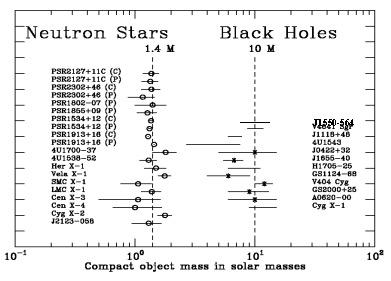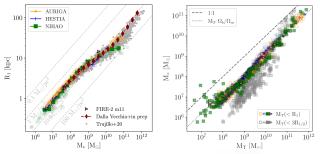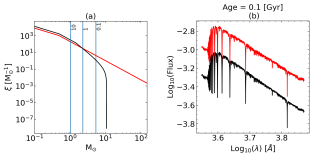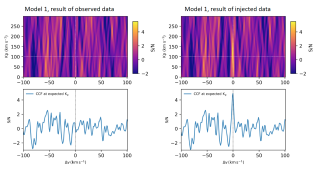Distribution of the masses of compact objects in X ray binaries. Neutron stars have a mass of around 1.4 solar masses, with very slight dispersion. The average mass of a black hole is around 10 solar masses, and all have a mass greater than 4 solar masses
Advertised on
The range of masses for the compact object in binary r-X 2S 0921-630 has been determined (between 2.0-4.3 solar masses), consistent with a massive neutron star or a low-mass black hole.



